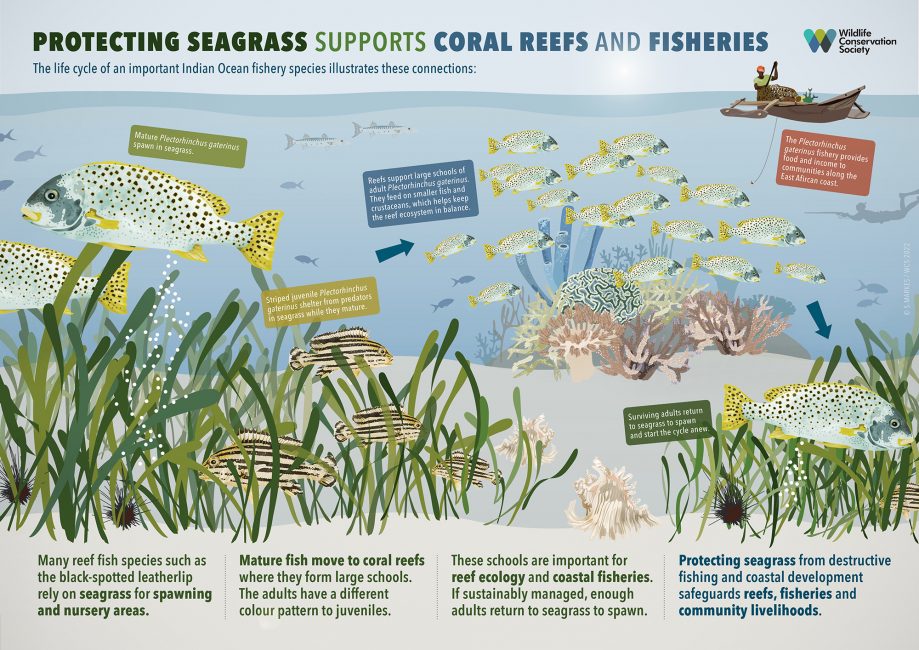
February 18, 2022
Protecting Seagrass, Coral Reefs, and Fisheries
- as seen by -
 Sarah Markes
Sarah Markes
The importance of seagrass meadows is increasingly recognized – both for their significant carbon storage as well as the huge amount of marine life they support. Likewise, many people are now aware of the astounding biodiversity of coral reefs and the urgent need to protect them. What is perhaps less well-known are the crucial linkages between these two ecosystems, and how protecting one affects the other. This impacts tens of thousands of species and humans whose lives are reliant on them. Exploring these connections is fascinating and increasingly important as human activities alter the natural world.
The life cycle of one Indian Ocean fish species, the black-spotted leatherlip (Plectorhinchus gaterinus), is just one of millions of examples of ecological linkages between different habitats, species, and communities. This is a very important species for coastal fisheries in Tanzania and Kenya, where there are extensive seagrass beds. Adult fish spawn in seagrass so that their vulnerable young can hide from predators while they grow. Once mature, they migrate to coral reefs where they spend their days in large schools. Their appearance changes during this transition – the juveniles are black and yellow striped, while mature fish have black spots, a blueish body, yellow fins and tail. Adults only return to seagrass to shelter at night-time and when it is their turn to spawn the next generation. Hence, the black-spotted leatherlip is one of many species reliant on both seagrass and coral reefs for their survival, with these habitats in turn reliant on the fish to keep a healthy ecological balance.
A key global marine conservation challenge is to reduce damaging and unsustainable fishing. Worryingly, it seems the combination of coastal development, beach seine netting in seagrass, and spearfishing in reefs is threatening East Africa’s coastal fisheries, with the black-spotted leatherlip becoming increasingly rare. This compromises people’s food security and livelihoods. WCS is working with coastal communities and authorities in both Kenya and Tanzania to improve marine resource management, protecting blue carbon ecosystems and coral reefs.
For print resolution copies of this graphic please contact sarahindar@gmail.com.
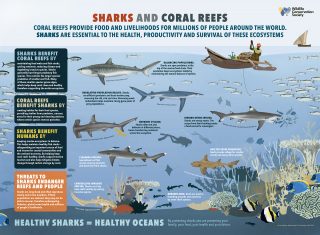
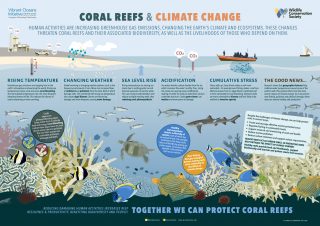
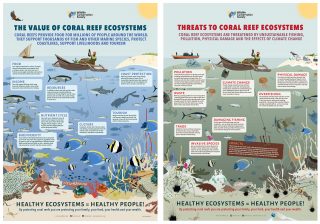
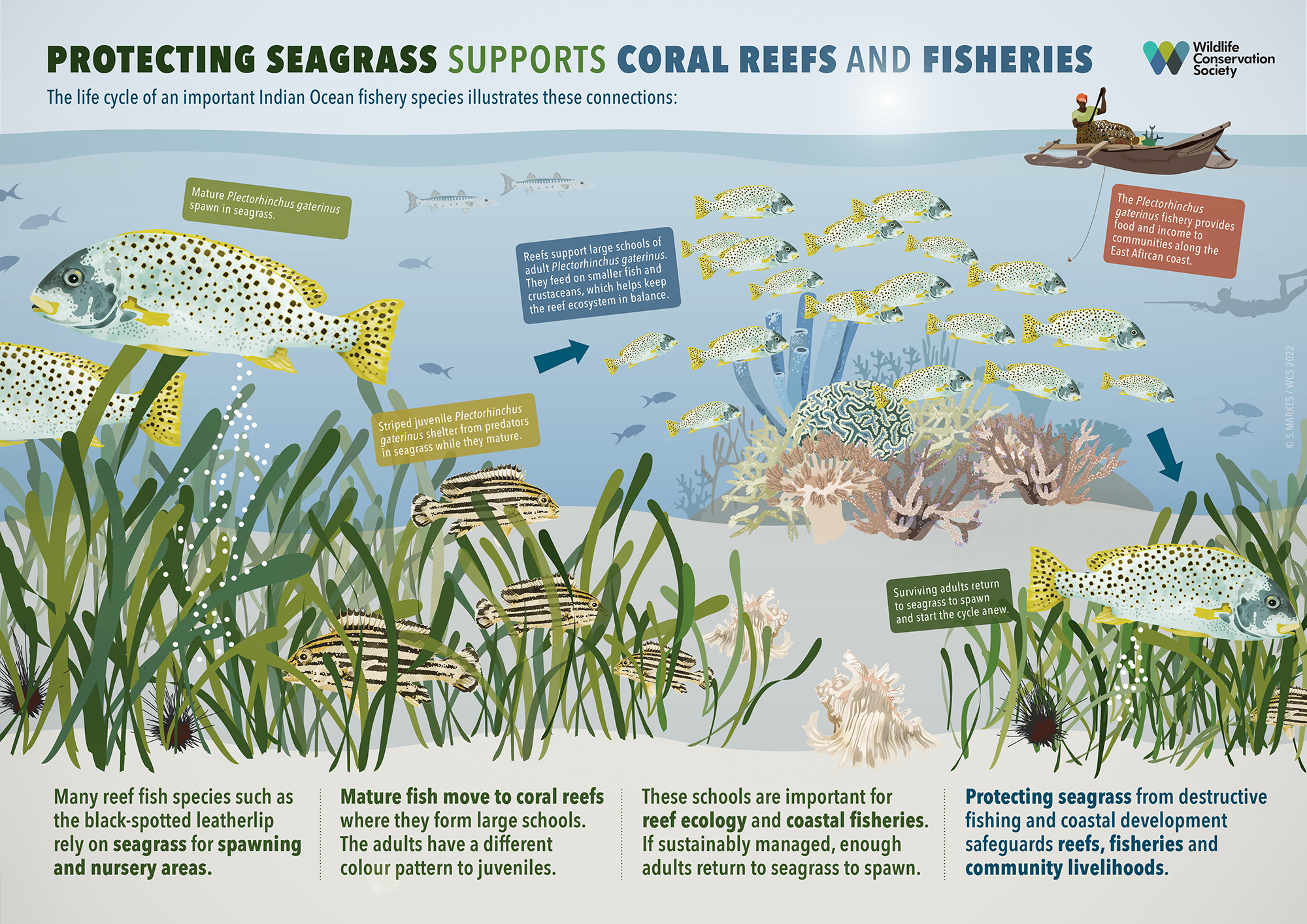
Leave a Comment